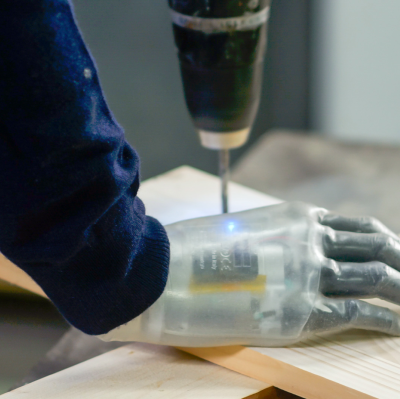
The present invention relates to a wrist. In particular, the invention is suitable to be used to connect an end effector (preferably a robotic hand or other prosthetic device) to a support (such as a suitably protean robotic arm) allowing a mutual motion between the end effector and the support.




















